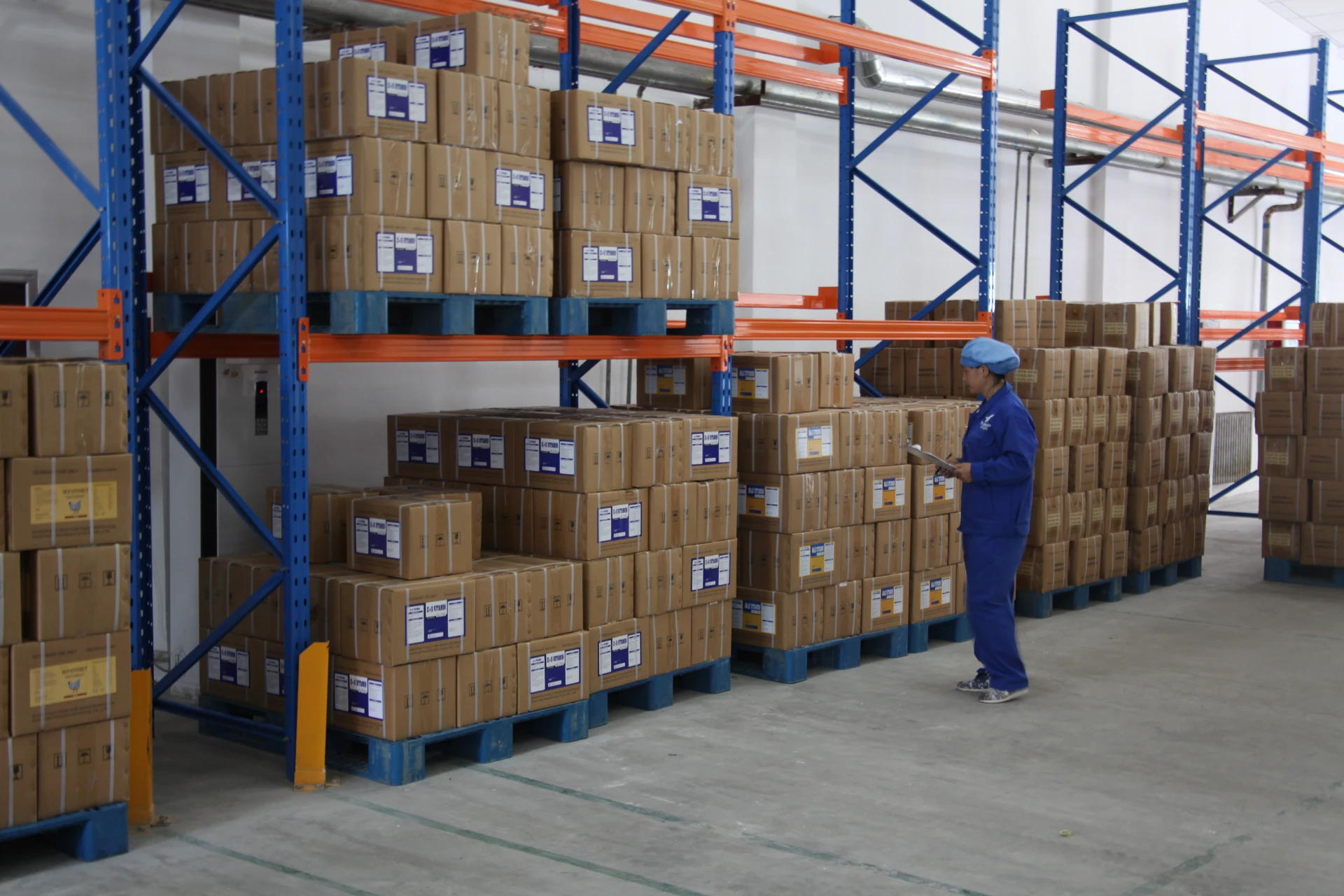- Afrikaans
- Albanian
- Amharic
- Arabic
- Armenian
- Azerbaijani
- Basque
- Belarusian
- Bengali
- Bosnian
- Bulgarian
- Catalan
- Cebuano
- Corsican
- Croatian
- Czech
- Danish
- Dutch
- English
- Esperanto
- Estonian
- Finnish
- French
- Frisian
- Galician
- Georgian
- German
- Greek
- Gujarati
- Haitian Creole
- hausa
- hawaiian
- Hebrew
- Hindi
- Miao
- Hungarian
- Icelandic
- igbo
- Indonesian
- irish
- Italian
- Japanese
- Javanese
- Kannada
- kazakh
- Khmer
- Rwandese
- Korean
- Kurdish
- Kyrgyz
- Lao
- Latin
- Latvian
- Lithuanian
- Luxembourgish
- Macedonian
- Malgashi
- Malay
- Malayalam
- Maltese
- Maori
- Marathi
- Mongolian
- Myanmar
- Nepali
- Norwegian
- Norwegian
- Occitan
- Pashto
- Persian
- Polish
- Portuguese
- Punjabi
- Romanian
- Russian
- Samoan
- Scottish Gaelic
- Serbian
- Sesotho
- Shona
- Sindhi
- Sinhala
- Slovak
- Slovenian
- Somali
- Spanish
- Sundanese
- Swahili
- Swedish
- Tagalog
- Tajik
- Tamil
- Tatar
- Telugu
- Thai
- Turkish
- Turkmen
- Ukrainian
- Urdu
- Uighur
- Uzbek
- Vietnamese
- Welsh
- Bantu
- Yiddish
- Yoruba
- Zulu
നവം . 24, 2024 00:20 Back to list
oxyclozanide and levamisole bolus
The Use of Oxyclozanide and Levamisole Bolus in Veterinary Medicine
In the field of veterinary medicine, the treatment of parasitic infections in livestock is a critical aspect of ensuring the health and productivity of animals. Among the various anthelmintic agents available, oxyclozanide and levamisole bolus have gained recognition for their efficacy in controlling a broad spectrum of parasitic infections, particularly in ruminants such as cattle and sheep.
Understanding Oxyclozanide and Levamisole
Oxyclozanide is a nitrophenolic anthelmintic drug effectively used to combat liver flukes, particularly Fasciola hepatica and Fasciola gigantica. These parasites can inflict significant damage on the liver of affected animals, leading to decreased productivity and even death. By inhibiting the metabolic processes of these parasites, oxyclozanide leads to their eventual expulsion from the host.
Levamisole, on the other hand, is a broad-spectrum antiparasitic agent primarily recognized for its action against nematodes. It works as a neuromuscular block, leading to paralysis of the parasites, which allows for their easy elimination from the host’s digestive system. Levamisole also has immunostimulatory properties, enhancing the immune response of the host, which can further aid in the control of parasitic infections.
The Merits of Combination Therapy
The combination of oxyclozanide and levamisole in bolus form is particularly advantageous due to the complementary mechanisms of action of these two drugs. While oxyclozanide targets trematodes, levamisole effectively manages roundworms, providing a comprehensive approach to parasite control. This dual action is crucial in livestock management, where animals are often exposed to multiple parasite species.
oxyclozanide and levamisole bolus

The bolus formulation aids in the precision of dosing and delivery, ensuring that the drugs are released gradually and effectively into the animal’s system. This method not only maximizes the therapeutic effect but also minimizes the risk of toxicity that can occur with higher, single-dose treatments. The convenience of the bolus form also facilitates administration, reducing stress for both the animal and the handler.
Practical Applications and Benefits
Livestock producers greatly benefit from the use of oxyclozanide and levamisole bolus due to improved animal health and productivity. The control of parasitic infections leads to better weight gain, increased milk production, and overall enhanced performance of the animals. This, in turn, translates into economic advantages for farmers and a more stable food supply.
Furthermore, responsible usage of these medications contributes to sustainable animal husbandry practices. By effectively managing parasite burdens, farmers can reduce the need for more aggressive treatments and lower the likelihood of developing drug-resistant parasites. This is vital for the long-term viability of livestock production and the health of ecosystems.
Conclusion
In conclusion, the oxyclozanide and levamisole bolus represents a significant advancement in the treatment of parasitic infections in livestock. Its combined action against different types of parasites, along with the advantages of the bolus delivery system, positions it as a valuable tool in veterinary medicine. As producers aim for optimal animal health and productivity, the role of effective anthelmintic treatments cannot be overstated. By integrating these therapies into their health management protocols, livestock producers can ensure the sustainability and profitability of their operations, contributing to the broader agricultural goals of food security and animal welfare.
-
Guide to Oxytetracycline Injection
NewsMar.27,2025
-
Guide to Colistin Sulphate
NewsMar.27,2025
-
Gentamicin Sulfate: Uses, Price, And Key Information
NewsMar.27,2025
-
Enrofloxacin Injection: Uses, Price, And Supplier Information
NewsMar.27,2025
-
Dexamethasone Sodium Phosphate Injection: Uses, Price, And Key Information
NewsMar.27,2025
-
Albendazole Tablet: Uses, Dosage, Cost, And Key Information
NewsMar.27,2025













